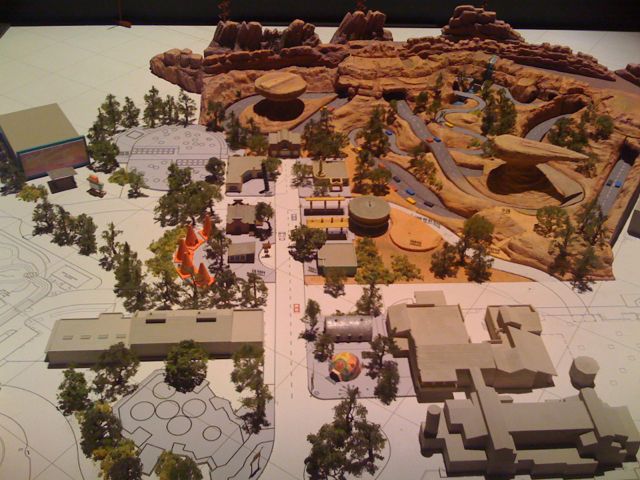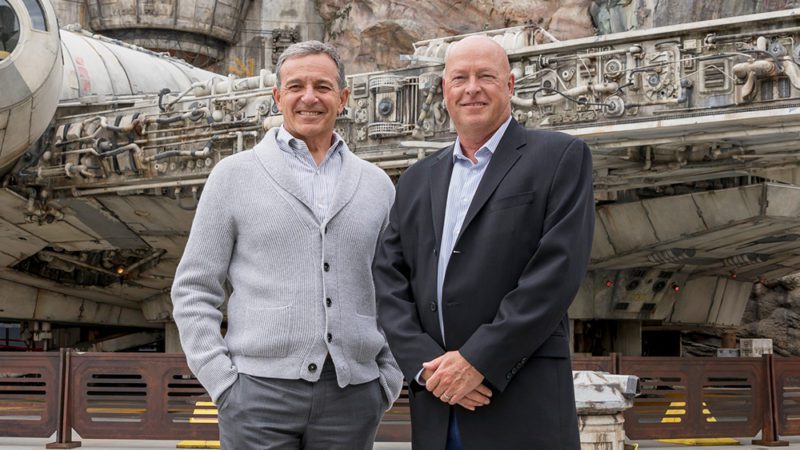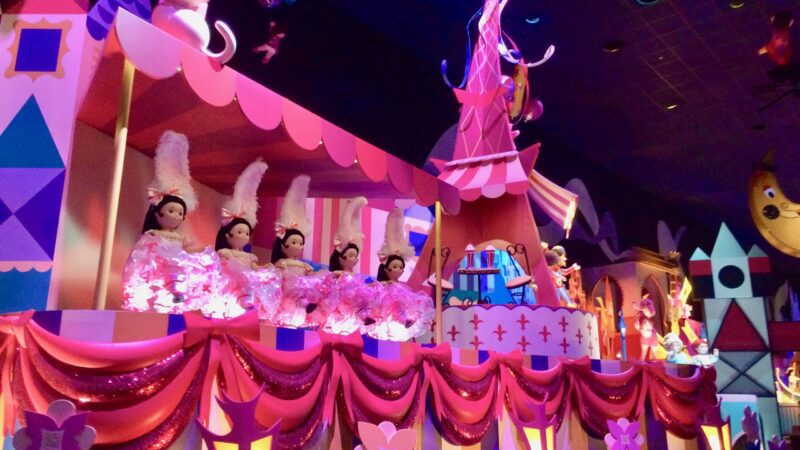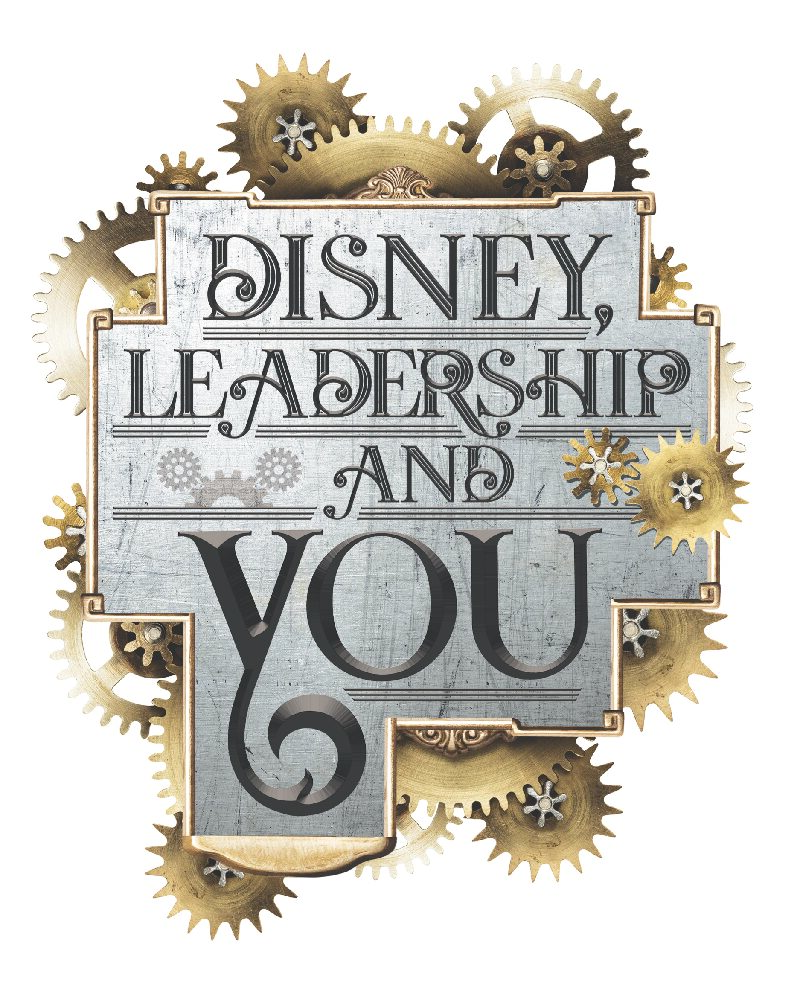Plan 67 & 17, And The Evolution of a Disney Park

What is Plan 67 and 17?
For our family’s summer beach trip, I downloaded a copy of Rolly Crump’s biography, It’s Kind of a Cute Story.
There’s a great little tale about Rolly being asked by Marty Sklar to create a version of what Epcot would ultimately look like. By this time, many versions had evolved under the direction of John Hench. It had long left the idea of being part of a city, and had evolved into the idea of being a World’s Fair-type experience. John’s designs at this time were largely buildings that were crescent shape in design, not too different from Innoventions today, but still somewhat sterile from an exterior view.
John apparently was caught by considerable surprise when he saw Rolly’s version. Part of Rolly’s design was to create a World Showcase as a series of islands, each with its own country on it. You would use boats and bridges to move from one pavilion to another. While not practical, it was a very “out of the box” approach to building Epcot.
I only wish I had been a fly on the wall to watch the exchange between the two–whose artistic style and vision couldn’t have been further apart. John countered that Rolly had no clue about building a theme park. Rolly was so bold as to declare the look of John’s project as being a bunch of condos.
Clearly Marty was looking to break up the stale look and feel. I imagine it wasn’t too long after this that World Showcase, and even future World, started to evolve in a very different way. Make no doubt about it–the design of the Epcot we enjoy today is John Hench’s signature more than any one else. But I don’t think he would reached further and created the “travel around the World Showcase Lagoon” concept we know today, without additional ideas from Rolly and others.
Disney’s 1976 annual report shows Marty Sklar, John Hench, and John DeCuir, of what was then WED Enterprises, discussing the key concept at that time, which was merging World Showcase and Future World into one major exposition. This was a major “aha” that saved the company substantial money in only having to build one infrastructure to serve the park rather than two infrastructures for two parks.

In defending the ongoing work, the report went on to say, “This evolutionary creative process is natural to any development of any project at Walt Disney Productions. For example, it was ‘Plan 67’ which was finally built at Disneyland, and it is ‘Plan 17’ that you see at Walt Disney World today.”
I would love to know what the number was on Epcot when it was finally built.
There are many projects going on throughout the Disney parks and resorts. Occasionally a few miss the mark–and I can be the first to be a critic as any. But by and large, the quality of the work in such projects as Radiator Springs and Mystic Manor and Aulani is very exciting. And guests are responding enthusiastically with their feet and wallets to the quality of the work. But the work takes time and investment. It takes time to think out of the box, and sometimes it takes time to break out of the bureaucratic issues that hold back the possibilities of a project. How many versions does an Avatar project take? How many versions will a Shanghai Disneyland take? How many versions will there be before we even know what is happening at Disney’s Hollywood Studios? We don’t know, but it’s a very exciting time, and I think that guests will eventually respond enthusiastically.






